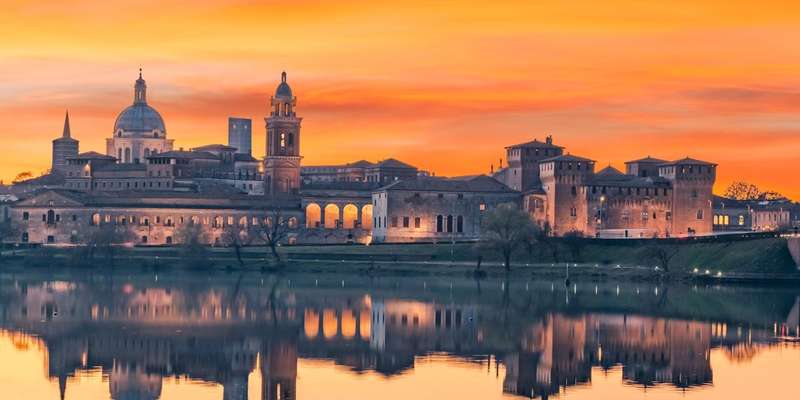- Home
- Useful Tips
- Unique local crafts and where...
Finding authentic local crafts in Mantua can feel overwhelming for travelers. With so many shops claiming to sell 'traditional' items, it's hard to know where to find genuine artisan products versus mass-produced souvenirs. This matters because 68% of cultural travelers seek meaningful connections through local craftsmanship, yet nearly half report disappointment with tourist-targeted goods. The right purchases support Mantua's centuries-old artisan traditions while giving you unique keepsakes that tell a story. Unlike crowded tourist spots, the real workshops hide in quiet courtyards and backstreets where techniques passed down through generations continue to thrive.


Navigating Mantua's craft scene – how to spot authentic workshops
The first challenge is distinguishing true artisans from souvenir resellers. Authentic Mantua crafts bear subtle markers – look for shops where you can watch creation in progress, like the ceramics studios near Piazza Erbe where painters hand-glaze traditional Gonzaga patterns. Local artisans typically display certificates from the Mantova Chamber of Commerce's 'Artigianato Artistico' program. Materials matter too; genuine Mantuan textiles use linen from the Po Valley rather than imported fabrics. Don't be afraid to ask about origins; master craftspeople proudly explain their techniques. Workshops producing quality goods often supply local restaurants and hotels – a reliable endorsement you won't find at tourist traps.
The hidden courtyards where Mantua's artisans thrive
Beyond the main squares, Mantua's most authentic crafts hide in atmospheric courtyards and converted Renaissance workshops. The arcades of Via Pescheria conceal jewelers keeping Etruscan granulation techniques alive, while Via Corridoni hosts third-generation woodcarvers crafting theatrical masks for the Bibiena Theater. For textile lovers, the courtyard at Via Accademia 32 shelters a cooperative of weavers producing fabrics using 15th-century looms. These locations rarely appear on maps; your best approach is following the 'Laboratorio Artigiano' signs or asking boutique hotel concierges for their trusted recommendations. Visiting during weekday mornings increases chances of seeing artisans at work before tourist hours.
Seasonal craft hunting – timing your visit for unique finds
Mantua's craft offerings change remarkably with the seasons. Spring brings the Festa del Tartufo where woodcarvers debut intricate truffle tools, while summer sees ceramicists create outdoor tableware for local sagre festivals. Autumn is prime time for textile shopping when new linen blends emerge, and December transforms Piazza Sordello into a winter market showcasing nativity figurines carved from Po River willow. For year-round availability, the Saturday antiques market near Rotonda di San Lorenzo always includes artisan stalls. Savvy visitors coordinate with Mantua's 'Open Workshops' days (usually third Sundays) when normally private ateliers welcome the public with demonstrations.
From wood inlays to gold leaf – Mantua's signature crafts decoded
Several crafts define Mantua's artistic heritage. The most distinctive is 'tarsia lignea' – intricate wood inlay work seen in the Ducal Palace, now practiced by just four remaining workshops. Look for small jewelry boxes or musical instrument details at Bottega d'Arte Legno. Another rarity is goldbeating, the ancient process of hammering gold into translucent leaves; visit the last active goldbeater near Teatro Scientifico. For edible crafts, the historic Pasticceria delle Erbe makes sbrisolona cookies using molds carved by local artisans. When selecting pieces, prioritize items bearing the 'Mantova Handmade' hologram sticker – your guarantee of authentic local craftsmanship rather than imported replicas.



